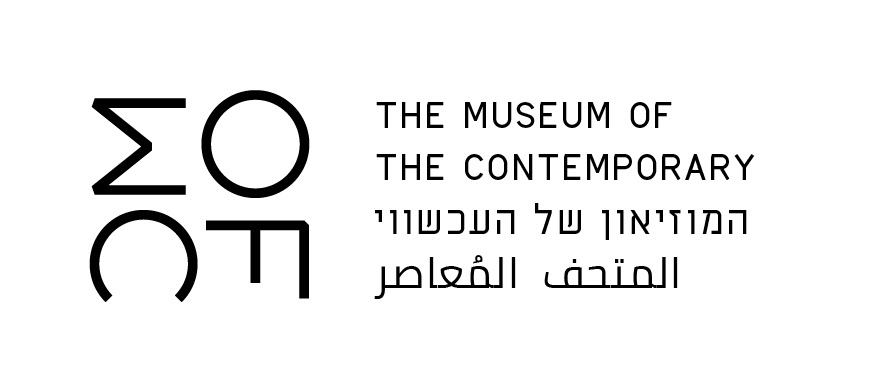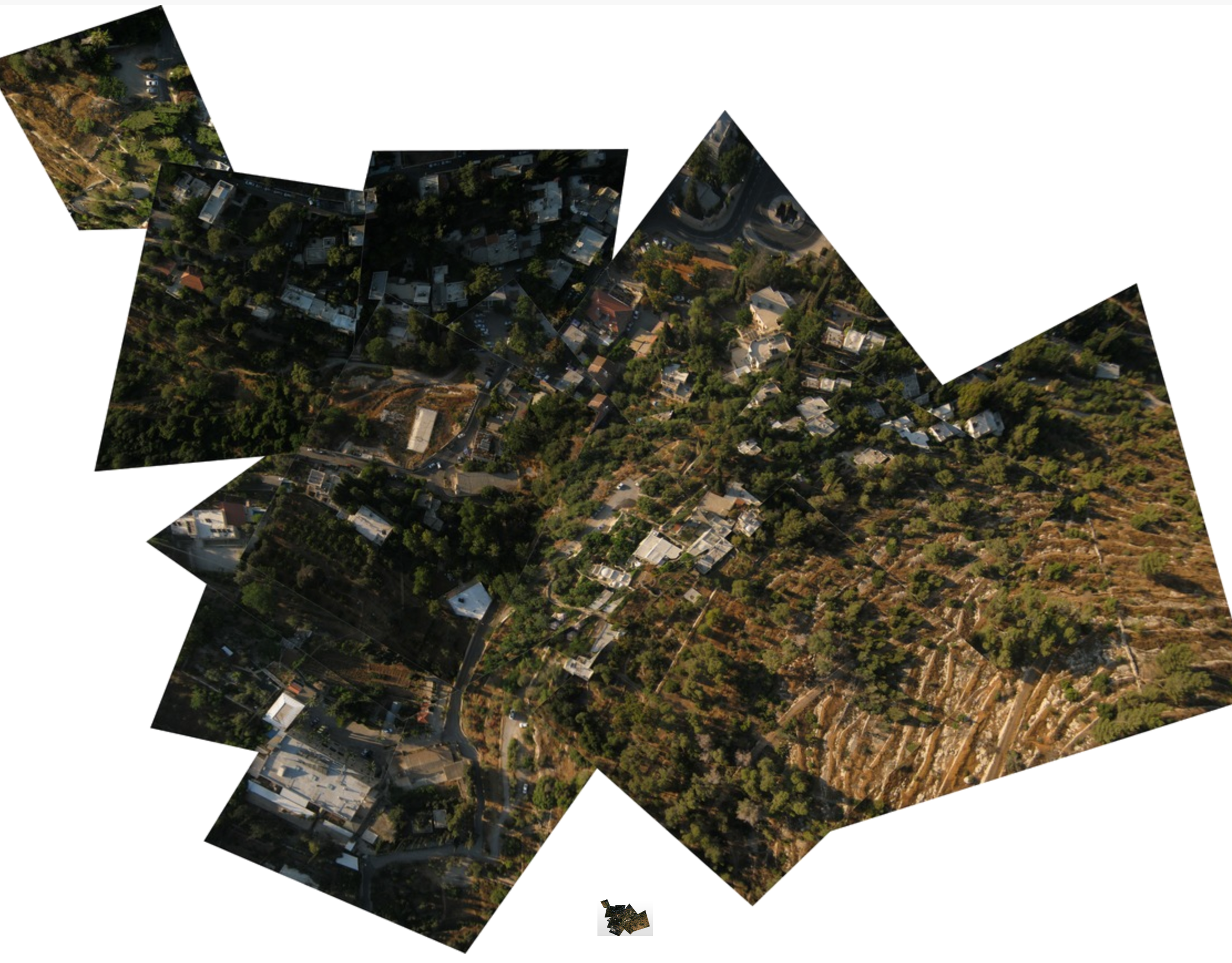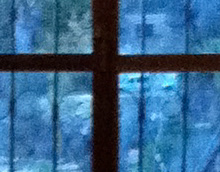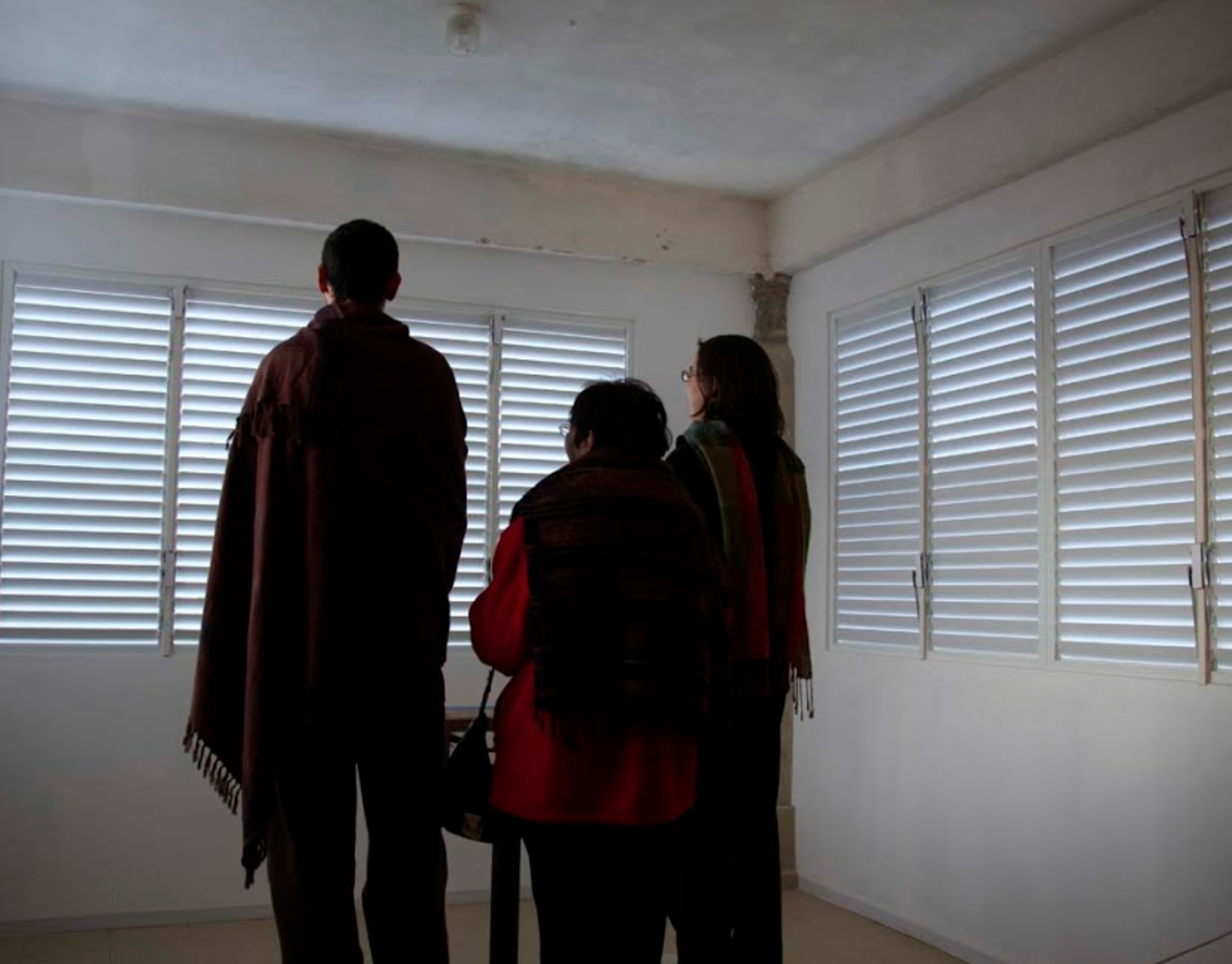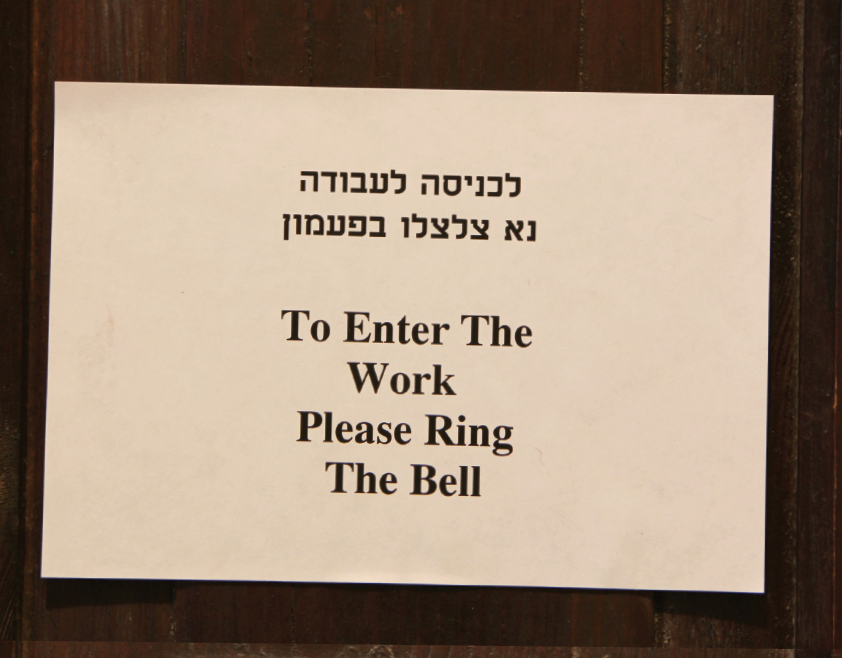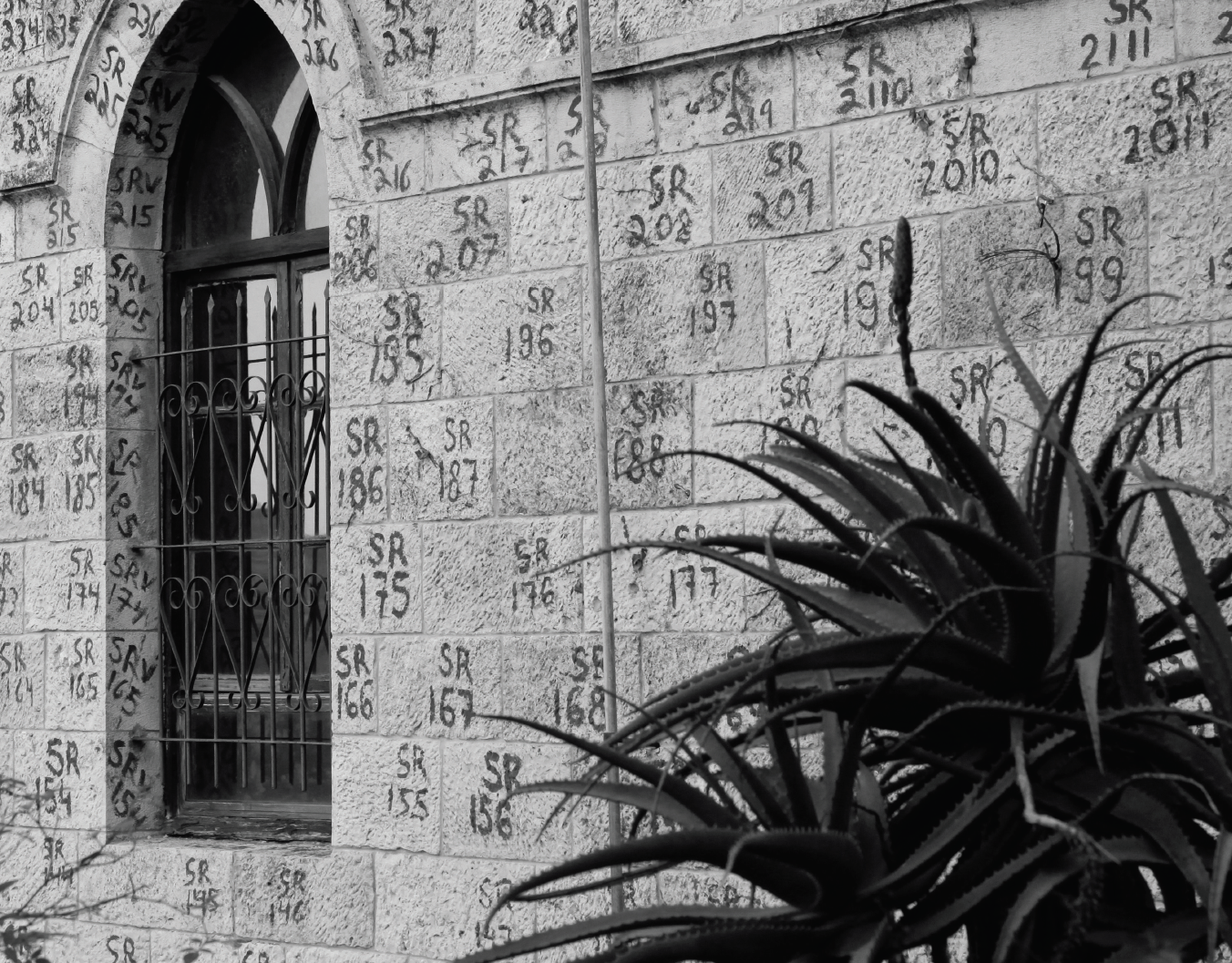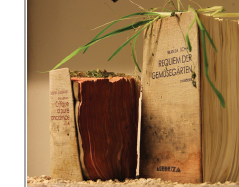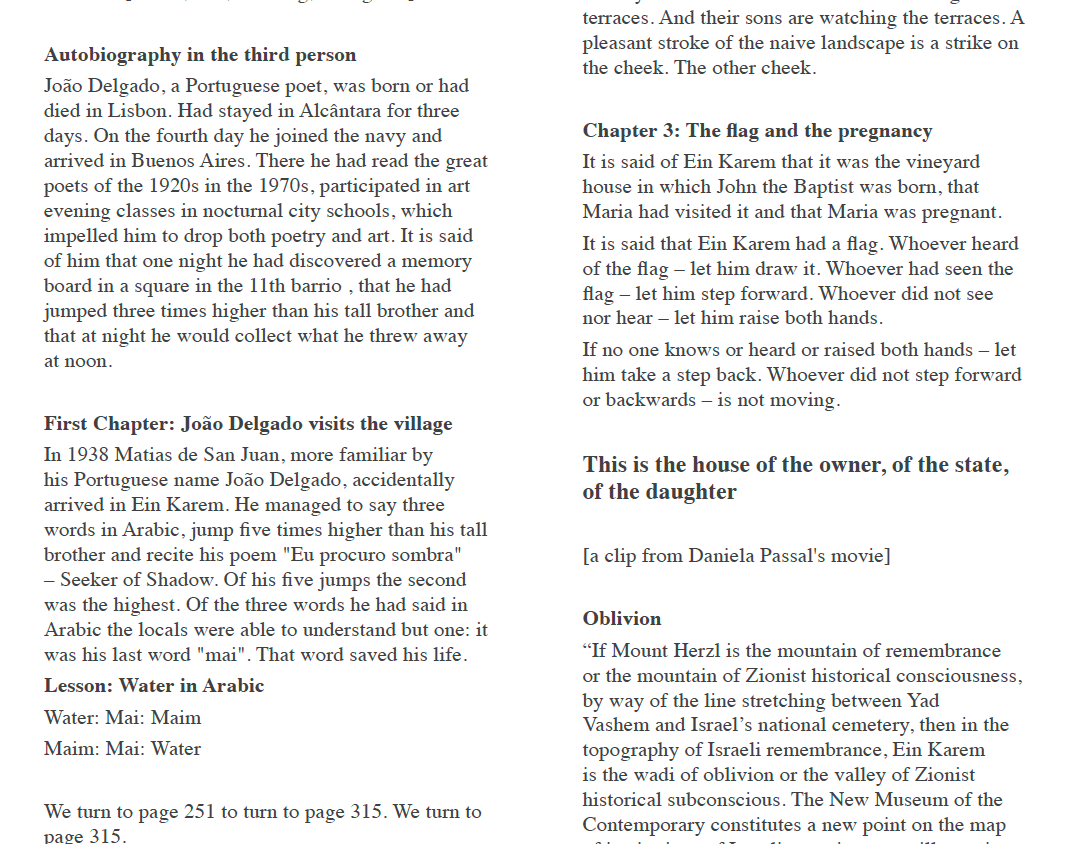The works in the exhibition are footnotes on local history, urban politics and the architectural structure in which the exhibition is held: an Arab house in Ein Karem, midway along the pilgrimage route to the Church of Visitation. The structure was probably the property of the researcher Issa Mannun. The state of Israel declared the house absentee property in 1948. The artist Daniela Passal purchased it from Amidar in 1972, and donated it towards the foundation of an art center. Since October 2009 the site houses the Mamuta at the Daniela Passal Art and Media
“If Mount Herzl is the mountain of remembrance or the mountain of Zionist historical consciousness, by way of the line stretching between Yad Vashem and Israel’s national cemetery, then in the topography of Israeli remembrance, Ein Karem is the wadi of oblivion or the valley of Zionist historical subconscious. The New Museum of the Contemporary constitutes a new point on the map of institutions of Israeli consciousness, illustrating its three-dimensional triangle. Of the three points, the museum is the deepest point.”
(Rodriguez, from the curatorial text of the museum’s inaugural exhibition)
"The raw materials of the artwork are the Arab house (the house as a structure and its history) and the house as an art center (its designation). Addressing time and site specific works is a distinct reiteration of the artistic approach of the Spanish group. I perceive their selection as a "loop with variations".
(Marian Loop from the Bucharest Post-Realist group)
"If according to Mansfeld's architectural plan The Israel Museum structure was inspired by an Arab village and built on the ruins of the village Sheik Bader", claimed Arturo Maure during his visit to Ein Karem "and The Museum of the Contemporary is in itself an Arab house located in a village that had turned into a memorial museum of an Arab village, it follows that The Israel Museum is a souvenir of The Museum of the Contemporary" (
from Maure's article, "On Memorabilia and Oblivionbilia in Museums of the Holy City and the Holy City in Museums").
The first exhibition produced at the Museum of the Contemporary’s physical space is an exhibition of Sala-Manca group. This is the group’s first exhibition since 2006. The exhibition will feature new sculptures, sound works and performances created especially for the exhibition, in conjunction with works created in collaboration with Hadas Ophrat, Wanja Shaub and Mamuta collective. The exhibited works serve as a comment on local history, urban politics and the architectural structure in which the exhibition is held – an Arab house in Ein Karem located midway along the pilgrimage trail to the Church of the Visitation. The building was declared absentee property by the State of Israel in 1948 and purchased by the artist Daniela Passal in 1972 who later donated it towards the establishment of an art centre – the Mamuta at the Daniela Passal Art and Media Centre, which have been operating on site since October 2009.
The Collection – The Storage Room
The collection features complete exhibitions that are available for download, which underwent a process of digitalization so as to gain their full quality after they have been downloaded in their respective formats (video, sound, photography, text etc.). After they have been downloaded, the exhibitions could then be displayed in the venues available to the secondary curators (those who chose to download the exhibitions) and the conditions they have at their disposal. The same exhibition could be displayed simultaneously by agents of completely dissimilar nature and financial means: as the exhibition will be displayed differently, and convey cultural and curatorial perceptions that reflect not only the perception of the exhibition’s curators, but also those of the secondary curators displaying it.
The collection features complete exhibitions that are available for download, which underwent a process of digitalization so as to gain their full quality after they have been downloaded in their respective formats (video, sound, photography, text etc.). After they have been downloaded, the exhibitions could then be displayed in the venues available to the secondary curators (those who chose to download the exhibitions) and the conditions they have at their disposal. The same exhibition could be displayed simultaneously by agents of completely dissimilar nature and financial means: as the exhibition will be displayed differently, and convey cultural and curatorial perceptions that reflect not only the perception of the exhibition’s curators, but also those of the secondary curators displaying it.
